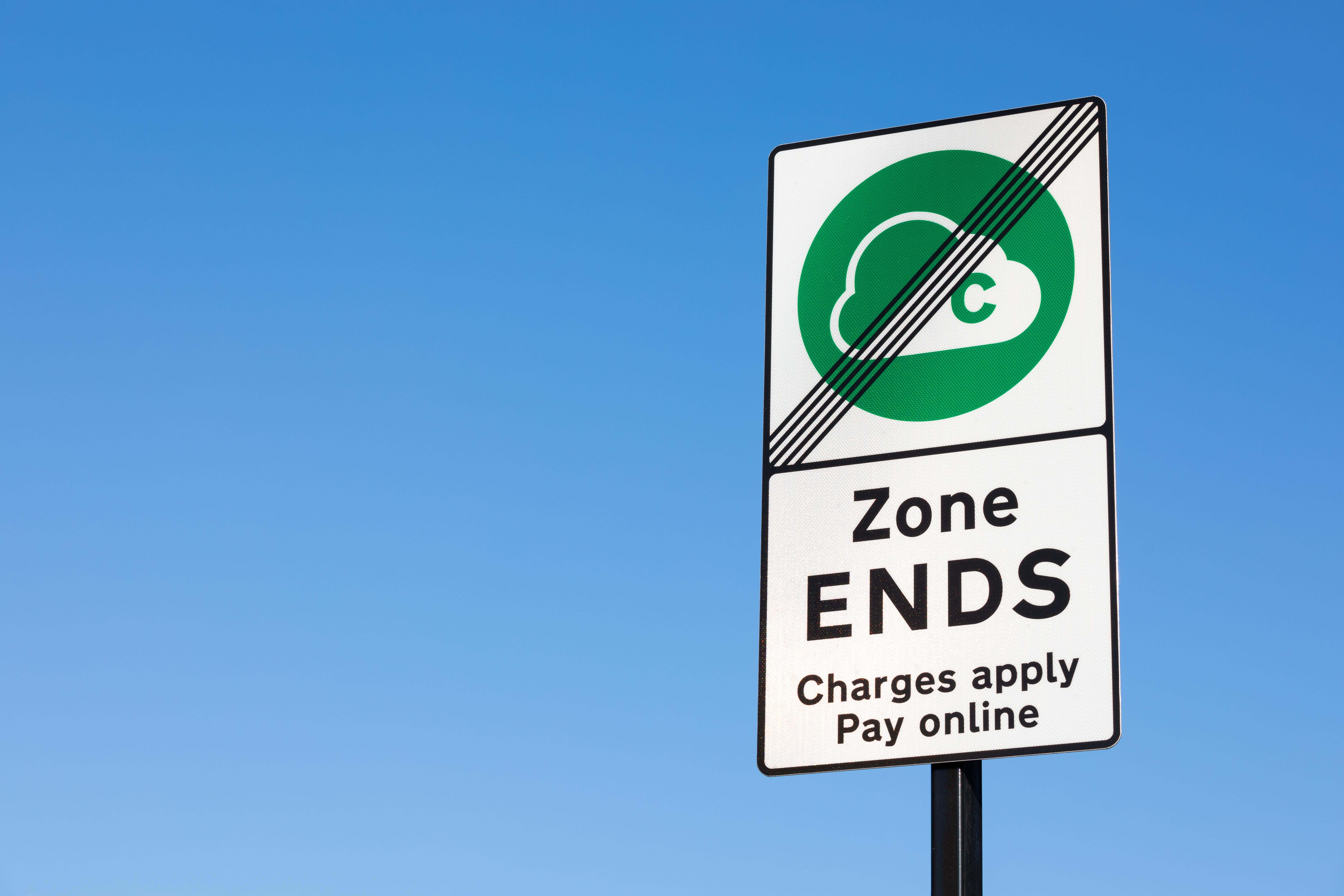
Understanding the UK’s Clean Air Zones in 2023
Introduction
CAZ, ZEZ, and ULEZ. Nope, they’re not the nicknames for the members of a boy band. They’re the acronyms for the various types of clean air zones operating in cities in the UK. But you probably already knew that.
Let’s be honest. In 2023, none of us are strangers to the impact of vehicle emissions on the environment. It’s a topic that’s been discussed at length for about the past 50 years and is now getting the attention it deserves.
You will doubtless have heard about Clean Air Zones (CAZ), Ultra Low Emission Zones (ULEZ), and Zero Emission Zones (ZEZ) as measures being implemented in various cities across the UK. But what do these zones really mean? What is the difference between CAZ, ZEZ, and ULEZ? Which cities have already implemented these measures? How do they operate, and what are the benefits? The answers to everything you wanted to know about clean air zones are only a short read away.
What are CAZ, ZEZ, and ULEZ?
Firstly, let’s define what these zones are. CAZ refers to an area where targeted action is being taken to improve air quality and reduce pollution. These zones can be implemented in any UK city, although it is up to the local authority to decide whether or not to introduce one.
The ULEZ is a specific type of CAZ with stricter standards for the amount of emissions permitted from vehicles. It operates in Greater London and has recently expanded to cover most of the area inside the M25. And then, we have Zero Emission Zones (ZEZ), which refers to an area that only allows vehicles with zero emissions, such as electric or human-powered vehicles. So far, only Oxford has one of those. What would Morse have said? (whatever it was, it would have been said breathlessly while on a bike instead of the Jag)
Who is affected by a CAZ?
Ok, this is where it gets a little less straightforward as there are four classes of emission zone imaginatively labelled from A to D. The class dictates which vehicles must pay if they don’t comply with the limits in place.
• Class A covers buses, coaches, taxis, and private hire vehicles
• Class B adds HGVs
• Class C adds vans and minibuses
• Class D adds cars (with the option to add motorbikes)
So, if you drive a private car, you’re ok in a Class A, B, or C zone. But if you’re a taxi, you’re bang out of luck everywhere.
What are the allowed emission levels in a CAZ?
The deciding factor on whether or not you have to pay the charge is your vehicle’s emission rating. And this is fairly straightforward:
• Buses, coaches, and HGVs must meet the Euro VI emission standard.
• Vans, minibuses, taxis, private hire vehicles, and cars must meet either the Euro 6 standard if a diesel or the Euro 4 standard if a petrol engine.
• Motorbikes must be Euro 3 compliant.
What’s the damage?
Obviously, if your vehicle meets the required standards, there’s nothing to pay for, and you can freely scoot around your city of choice feeling all smug.
However, if not, the fees for entering a CAZ or ULEZ vary depending on the city, and some may offer exemptions or discounts for certain types of vehicles or residents. So, you will have to check the fee for the specific city you’re driving through. However, the rates seem to range from £6-£12.50 per day for cars/taxis and £50-£100 per day for HGVs and buses.
Enforcement of these zones is typically done through automatic number plate recognition cameras. The cameras will check the vehicle’s emissions standards, and if it does not meet the required standards, a penalty charge will be issued. Typically this is around £100-£120 but can be discounted if paid within a specific time. But, again, it’s down to the local authority.
Where are the clean air zones in the UK?
At the time of writing (April 2023), England has seven operational clean air zones. These are in Bath, Birmingham, Bradford, Bristol, Portsmouth, Sheffield, and Tyneside (Newcastle & Gateshead).
Birmingham and Bristol are class D, Portsmouth is class B and all the others are class C. These will likely change as newer, lower or zero-emission vehicles replace older vehicles.
London has the only ULEZ, and that now covers the inside of the M25 area. And Oxford is the only ZEZ which means it’s either electric or people-powered.
Manchester’s CAZ is paused and has been for over a year now. It’s under review and doesn’t seem to be reaching a conclusion any time soon.
Scotland has introduced Low Emission Zones in four cities – Edinburgh, Glasgow, Aberdeen, and Dundee. These are similar to the clean air zones in England but don’t differentiate between classes. However, they are broadly equivalent to the Class D zones.
Summary
Clean Air Zones and Ultra Low Emission Zones aren’t going away any time soon. They are becoming more common in cities across the UK as a way of improving air quality and reducing pollution. As highlighted in this blog post, the benefits of these zones are clear in terms of reducing emissions and improving the health and well-being of local residents. So, fleet managers need to be aware of them and how to avoid the significant fines that could accumulate.
Need some advice on how to steer your business around clean air zones? Contact the Greenarc team to chat through your questions.
